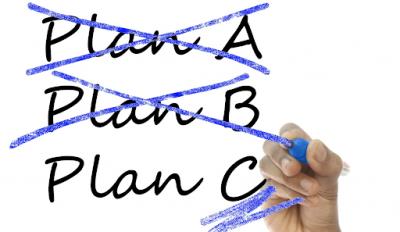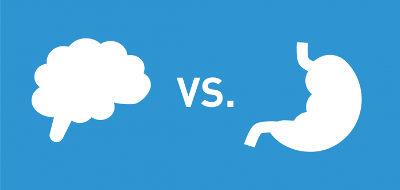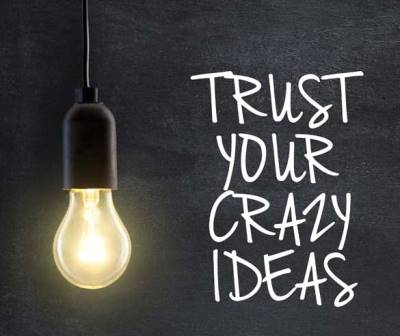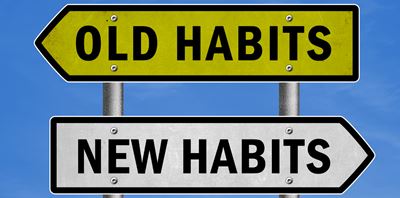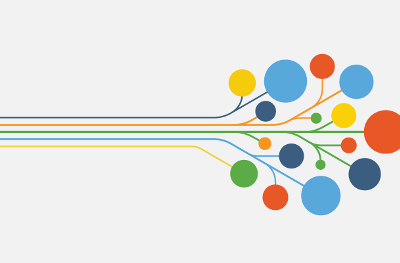In this interesting post ‘Crazy New Ideas‘, Paul Graham sets the scene about how to deal with breakthrough ideas that look crazy at first. And he proposes a workable scheme of how to deal with these, to decide whether they are worth supporting.
As a Business Angel I am constantly wrestling with this issue when faced with business plans of startup companies. “Anyone who has studied the history of ideas, and especially the history of science, knows that’s how big things start. Someone proposes an idea that sounds crazy, most people dismiss it, then it gradually takes over the world.“
The first criteria proposed by Paul Graham is how reasonable the person proposing the idea is: “If the person proposing the idea is reasonable, then they know how implausible it sounds. And yet they’re proposing it anyway. That suggests they know something you don’t.” While we then need to beware of the expert trap, there is still an opportunity to ask questions and try to understand the viewpoint of the proponent.
The second issue is that the world will resist to the new idea. Free criticism is easy and socially rewarding, vested interests in the current state of the world widespread, current paradigms cloud our judgment. In addition the new idea is weak and fragile so it may easily be crushed away.
“If you’re nice, as well as wise, you won’t merely resist attacking such people, but encourage them. Having new ideas is a lonely business. Only those who’ve tried it know how lonely. These people need your help. And if you help them, you’ll probably learn something in the process.” That’s an interesting call to action for innovation if I have ever read one.
Thus if a reasonable and sufficiently expert person proposes what looks like a crazy idea at first, don’t dismiss it: investigate, try to overcome those current paradigms that cloud your judgment, and support them.
